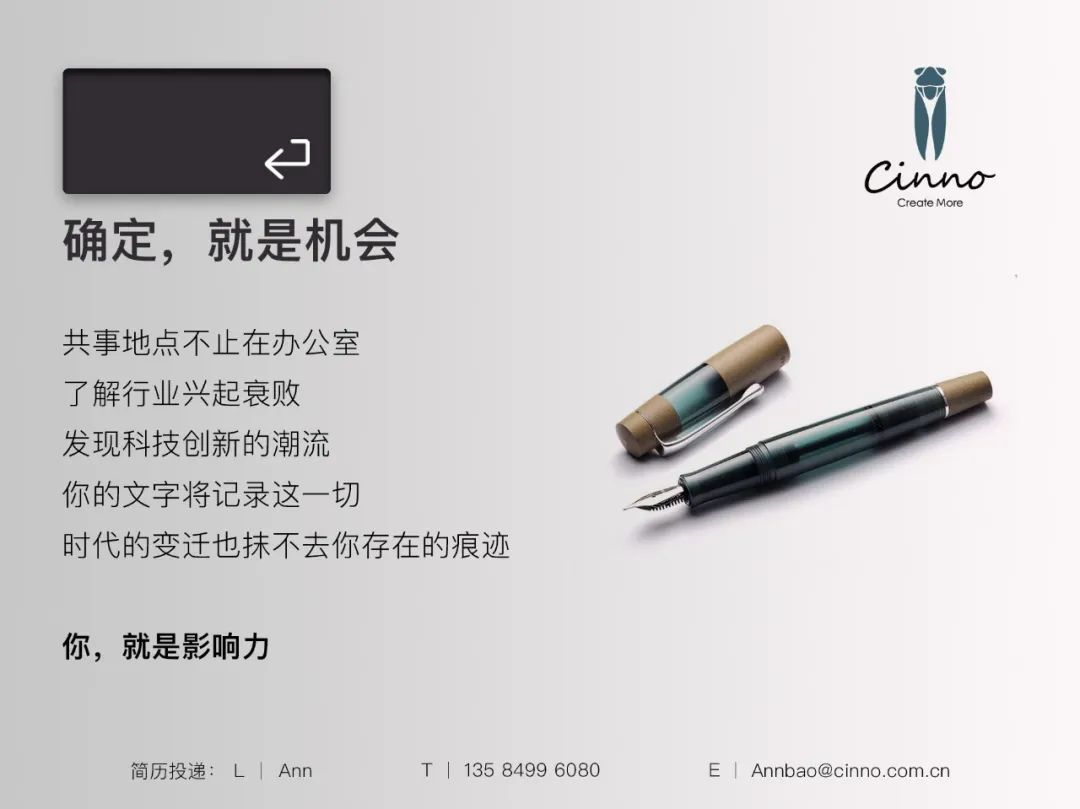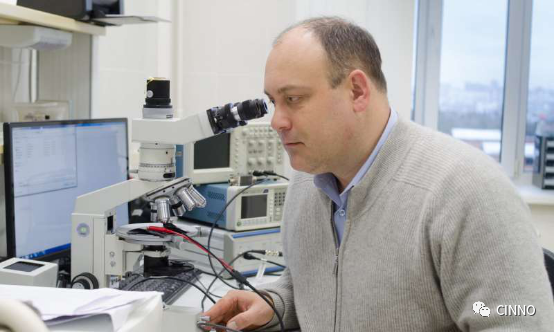

CINNO Research industry news reports that recently, scientists from South Ural State University in Russia published research that could impact many modern scientific technologies. These researchers successfully completed tests on the ionic conductivity parameters within the liquid crystal layers of a complex structure made up of different materials. This means that relevant experts can now accurately assess the parameter states of structured materials, products, and devices. These products or devices, such as liquid crystal displays, biomaterials, and composite materials, contain some materials with ionic conductivity, which are widely used in medicine, aviation, and aerospace engineering. This research on measuring conductivity parameters in liquid crystal heterogeneous structures has been published in the journal “Liquid Crystals” (Q2).
 LCDs are an indispensable part of modern society, widely used in laptops, tablets, smartphones, televisions, digital cameras, navigation systems, and more. Despite their widespread use, scientists are still looking for ways to further improve their performance, such as addressing display failure issues.
A research team led by Fedor Podgornov, an associate professor and PhD in mathematics at the Faculty of Natural Sciences of SUSU, has been studying this issue. The scientists proposed a new method that allows relevant personnel to diagnose liquid crystal displays in real-time to predict potential failures.
In fact, operational failures of LCDs are often related to changes in the ionic conductivity of the liquid crystal. Conductivity can affect the quality of the transmitted image and may lead to failures in the control devices. The presence of ionic impurities in the liquid crystal layer can arise from various causes, such as the decomposition of liquid crystal molecules under the influence of electric fields, light radiation, and other radiations. Researchers believe that tracking changes in conductivity can help avoid such situations. This is a key characteristic of the material that researchers can use to assess the physical processes occurring within the material. However, if the charge carriers are ions, measuring the conductivity of materials within complex systems (such as LCDs) can be quite challenging. If the situation becomes more complex, such as involving multiple materials, the problem becomes even more complicated, which is precisely what the scientists at SUSU have addressed.
LCDs are an indispensable part of modern society, widely used in laptops, tablets, smartphones, televisions, digital cameras, navigation systems, and more. Despite their widespread use, scientists are still looking for ways to further improve their performance, such as addressing display failure issues.
A research team led by Fedor Podgornov, an associate professor and PhD in mathematics at the Faculty of Natural Sciences of SUSU, has been studying this issue. The scientists proposed a new method that allows relevant personnel to diagnose liquid crystal displays in real-time to predict potential failures.
In fact, operational failures of LCDs are often related to changes in the ionic conductivity of the liquid crystal. Conductivity can affect the quality of the transmitted image and may lead to failures in the control devices. The presence of ionic impurities in the liquid crystal layer can arise from various causes, such as the decomposition of liquid crystal molecules under the influence of electric fields, light radiation, and other radiations. Researchers believe that tracking changes in conductivity can help avoid such situations. This is a key characteristic of the material that researchers can use to assess the physical processes occurring within the material. However, if the charge carriers are ions, measuring the conductivity of materials within complex systems (such as LCDs) can be quite challenging. If the situation becomes more complex, such as involving multiple materials, the problem becomes even more complicated, which is precisely what the scientists at SUSU have addressed.
 “In the case of ionic charge carriers, it is difficult to measure the conductivity of materials. In fact, ions cannot move in ordinary circuits, so when we measure, we must select electrodes to first perform an electrochemical reaction. If the ions here are a combination of various types, it becomes difficult to measure their conductivity accurately, and the situation is even more complex for some heterogeneous structures. In summary, for some structures composed of multiple materials, it is impossible to measure their conductivity using classical methods. To solve this problem, we considered the possibility of using a bias current instead of a conductive current, which is a more universal approach,” Dr. Fedor Podgornov said.
More Thorough Exploratory Research
To verify whether the proposed method is feasible, the scientists studied the impact of nanoparticles on the conductivity of the liquid crystal layer in the liquid crystal box. In the experiment, after introducing nanoparticles that can adsorb impurity ions, the resistance of the liquid crystal layer began to increase, while the electro-optical switching time of the liquid crystal began to decrease.
With the measurement and analysis of the parameters required by this method, researchers successfully diagnosed the state of the LCD display. This achievement will facilitate the operation of LCDs in the fields of medicine, aviation, and aerospace, where some display failures can lead to irreversible consequences.
Moreover, the success of this work can also be applied to organic electronics and biology. However, researchers also acknowledge that it is still too early to discuss its practical applications. They need to conduct more detailed studies, such as further considering the impact of other physical conditions on the accuracy of the results.
“Currently, we are conducting more detailed research to assess the impact of other physical effects, particularly the relaxation of the double electric layer and the formation of space charges. Future research will also focus on exploring the measurement of nonlinear ionic conductivity and determining the causes of this phenomenon,” Dr. Fedor Podgornov said.
This research has been completed by graduate student Maxim Gavrilyak from the Department of Optical Informatics at the Institute of Natural Sciences and Mathematics. Another graduate student, Ahmed Karaavi from Iraq, also participated in the study of direct current conductivity in liquid crystals.
“In the case of ionic charge carriers, it is difficult to measure the conductivity of materials. In fact, ions cannot move in ordinary circuits, so when we measure, we must select electrodes to first perform an electrochemical reaction. If the ions here are a combination of various types, it becomes difficult to measure their conductivity accurately, and the situation is even more complex for some heterogeneous structures. In summary, for some structures composed of multiple materials, it is impossible to measure their conductivity using classical methods. To solve this problem, we considered the possibility of using a bias current instead of a conductive current, which is a more universal approach,” Dr. Fedor Podgornov said.
More Thorough Exploratory Research
To verify whether the proposed method is feasible, the scientists studied the impact of nanoparticles on the conductivity of the liquid crystal layer in the liquid crystal box. In the experiment, after introducing nanoparticles that can adsorb impurity ions, the resistance of the liquid crystal layer began to increase, while the electro-optical switching time of the liquid crystal began to decrease.
With the measurement and analysis of the parameters required by this method, researchers successfully diagnosed the state of the LCD display. This achievement will facilitate the operation of LCDs in the fields of medicine, aviation, and aerospace, where some display failures can lead to irreversible consequences.
Moreover, the success of this work can also be applied to organic electronics and biology. However, researchers also acknowledge that it is still too early to discuss its practical applications. They need to conduct more detailed studies, such as further considering the impact of other physical conditions on the accuracy of the results.
“Currently, we are conducting more detailed research to assess the impact of other physical effects, particularly the relaxation of the double electric layer and the formation of space charges. Future research will also focus on exploring the measurement of nonlinear ionic conductivity and determining the causes of this phenomenon,” Dr. Fedor Podgornov said.
This research has been completed by graduate student Maxim Gavrilyak from the Department of Optical Informatics at the Institute of Natural Sciences and Mathematics. Another graduate student, Ahmed Karaavi from Iraq, also participated in the study of direct current conductivity in liquid crystals.
For more business cooperation, please contact the editor!
Please note: Name + Company + Position when scanning the code

I am the strongest editor at CINNO, waiting for you for a long time!
Recommended Reading
Click the text to read the full article
-
2019 Global Smartphone Panel Rankings | BOE Surpasses Samsung for the First Time
-
The global pandemic affects the demand for high-end smartphones, with the average selling price (ASP) of entry-level AMOLED smartphone panels dropping below high-end LTPS LCD panels for the first time in June
-
Global smartphone brands almost all lowered their demand, and smartphone panel prices continued to decline in May
-
Q1 2020 saw a 44.5% decline in smartphone sales in the Chinese market, with Huawei accounting for nearly half
-
CINNO Research: In Q1 2020, Hisilicon topped the Chinese smartphone processor market for the first time
-
Due to the decline in terminal demand caused by the pandemic, smartphone panel prices continued to decline in April
-
CINNO Research: Global Mini LED backlight demand is expected to reach 100 billion units in 2023
-
In February 2020, Huaxing Optoelectronics became the first to achieve the number one position in the global LCD TV panel shipments
-
CINNO Research | Smartphone panel prices fell in March due to the pandemic
-
In 2019, global shipments of under-display fingerprint phones reached approximately 200 million units, a year-on-year increase of 614%
-
2019 OLED smartphone brand domestic sales ranking | NO.1 OPPO, Huawei’s sales surged nearly threefold








